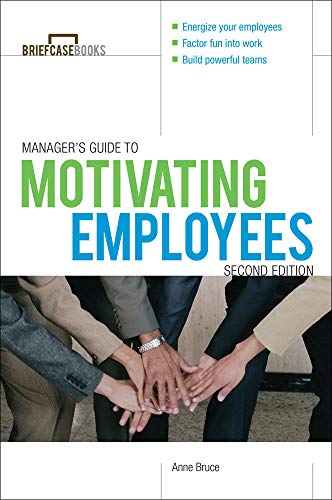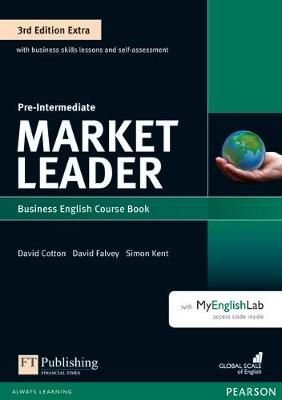How do managers of a firm choose between alternative finanÂ- cial policies? Can the choice of a particular financial policy affect the value of the firm? Since the early 1960s, the debate on these questions has been lively and interesting as economists have invesÂ- tigated the effect on the value of the firm of relaxing the various assumptions in the celebrated Modigliani-Miller theory. FurtherÂ- more, even if we stick to the MM-assumptions (that is, we assume perfect and complete capital markets, no taxes and symmetric information), and we therefore know that only optimally chosen investments determine firm’s value, another interesting question arises: How does the structure of ownership affect investment deÂ- cisions (and, in turn, values)? This research monograph attempts to analyze some of the issues involved in this debate. It belongs to the area of mathematical economics and is intended to appeal to mathematical economists as well as economists and mathematiÂ- cians. It is meant to deal with economically relevant problems in a mathematically adequate way. To decide whether or not it succeeds in this task, it is up to the reader. I am greatly indebted to Dr. Margaret Bray for her superviÂ- sion of my PhD thesis in Economics at the London School of EcoÂ- nomics from which this book resulted. She helped me as friend and adviser through many struggles in the last three years and invested a great amount of work in this thesis.












